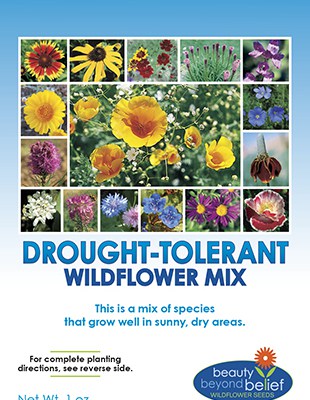Fooling Mother Nature
by Chris McLaughlin
Whoever said “You can’t fool Mother Nature,” never met a gardener. We can and we do fool her as often as we can get away with it. Anyone living anywhere can learn to use their unique microclimates and to take the greatest advantage of their situation.
Permanent structures such as houses, walls, and neighboring buildings can have a huge effect on the immediate area surrounding them. For instance, all of these things can serve as wind barriers or conversely, create wind tunnels. But gardeners can take advantage of the very things that would otherwise seem to be in the way.
Walls made of brick, stone, cement, or stucco will absorb the heat and radiate it during the cool night hours. Walls not only hold heat effectively, but they can also provide shelter and be a protective wind-block for plants.
The sun’s exposure can also be the difference between a perennial plant making it through the winter or not — even when its tag says it won’t survive the cold months in your zone. Bougainvilleas, for example, don’t usually make it through a Northern California winter like they do in Southern California. But there are Bougainvilleas that are alive and well in the San Francisco Bay Area because they were planted against a wall with a southern exposure.
If you’re planting heat-loving vegetables this season, be sure to plant them on the south side of your house. If you’re planning on using a wall for vertical vegetables, plant them against any wall but the north-facing one, as they won’t get enough sun there to produce well. A southern exposure sees the longest hours of sun; a west wall will get the intense afternoon sun; the east wall will have morning sun, and a (true) northern wall will receive no direct sun. A word of caution here: the southern side is also one of the most drastic sides for perennial plants because of temperature fluctuation during the changing seasons — it can be a circle of freezing and thawing.
On the other hand, if you’re looking for a cooler place to plant your lettuce, then go for the north side. The northern side of your house might also be the best place for early flowering fruit trees like cherries and peaches. A late spring frost will set fruit production back, and the idea here is that if fruit trees are planted where there’s a northern exposure, it can help suspend blossoming until the frost date has passed.
A good place for tender plants is on the eastern side of any structure because morning sun is the most gentle at that time of day. While sun-worshipping roses like the brilliance of the west side. Keep in mind that a southern exposure is no longer the hot spot that it could be if there’s a structure such as a neighboring building or large tree situated between your planting space and the sun. This is a perfect example of a man-made microclimate.
Use a wall’s upwind and downwind sides to your advantage by remembering the upwind side is the right place for water-loving plants as it’s going to receive more rain than the downwind side. Plants growing on the downwind side will be protected against a driving rain. This can be a handy little microclimate to have around. These are just a handful of ideas — other examples of creating microclimates is using mulch, paved surfaces, fences, balconies, and rooftops.



